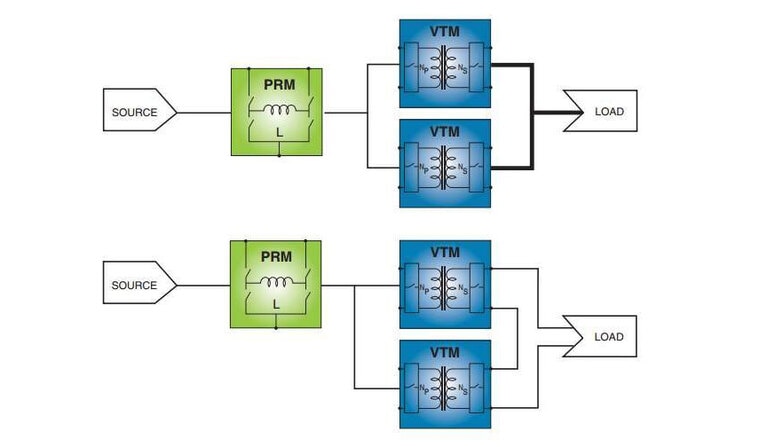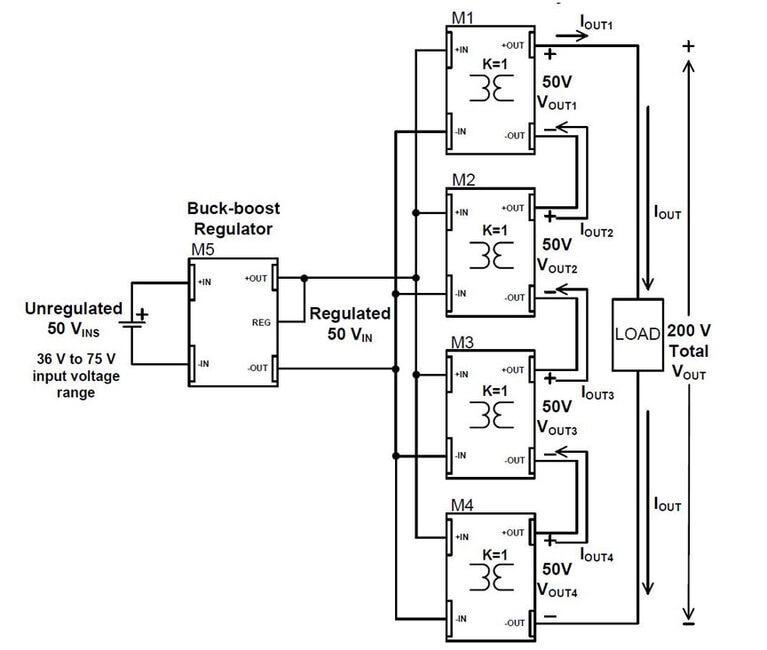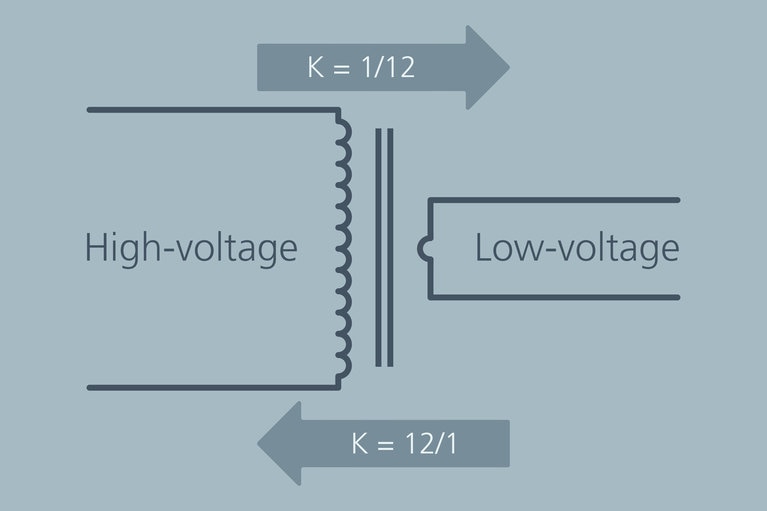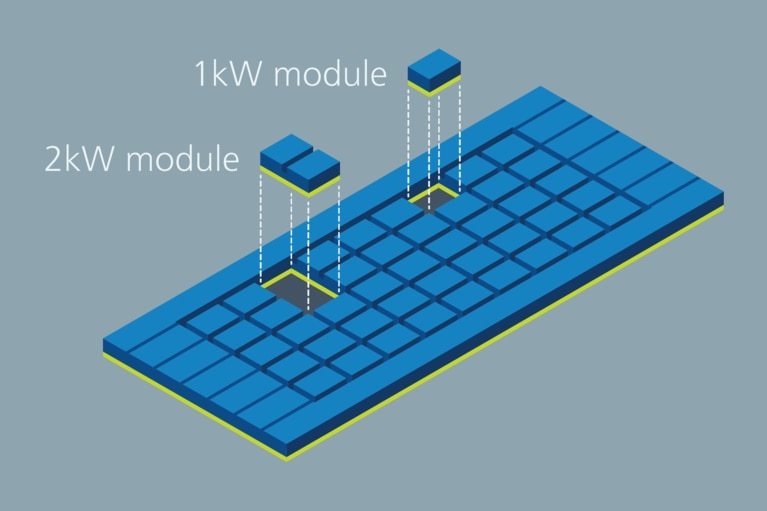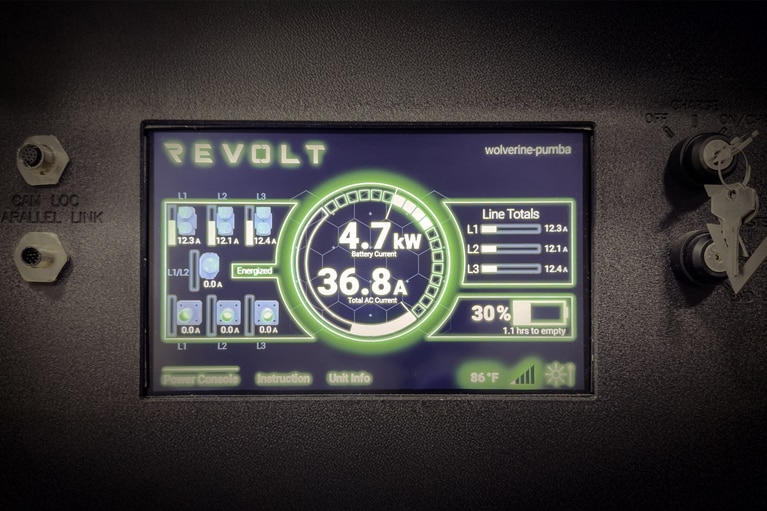
How ReVolt leverages Vicor technology for carbon-neutral film production
Vicor’s power converters to provide clean, mobile, and always-on electricity
Vicor devices such as the VTM and BCM use the Sine Amplitude Converter Topology (SAC) to provide isolation and voltage transformation functions, allowing you to place these functions where they are required, separating them from regulation.
The SAC also allows a flexible approach to design: devices based upon this topology can be used on their own, or connected in series or parallel to provide higher output currents or voltages.Figure 1 – Connecting VTMs in series and parallel
Consider the following example: a regulated 200V rail is needed at the load from a 36V to 75V input voltage. To achieve this, four 50V output voltage SAC modules (VTMs) M1, M2, M3 and M4 of the same K factor of 1 are used. Input and output voltage is equal for a K factor of 1. Output current IOUT is common to all SAC modules. In this implementation, it is important to enable all SAC modules in a group to start all of them simultaneously for correct operation of resulting converter.
Total output voltage is the sum of output voltage given by all SACs connected in series output as given below for N number of SACs.
Where Total_VOUT = Total output voltage of series connect sine amplitude converters. N is the number of SAC modules. KN and VOUTN are the transformation factor and output voltage for each series connected SAC, VIN is the SAC input voltage which is equal to the output voltage of the regulator modules and VINS is the voltage of the unregulated input voltage source applied at the input terminals of the regulator.
The final system is shown below:
Figure 2: 50 V Input, 200 V Output Power Chain Using VTMs in Series
Related content
Product overview: PRM and VTM
Application note: PRM and VTM parallel array operation
Application note: Creating higher voltage outputs using series connected sine amplitude converter
How ReVolt leverages Vicor technology for carbon-neutral film production
Vicor’s power converters to provide clean, mobile, and always-on electricity
電力供給ネットワークを刷新する 電圧変換比固定 DC-DC コンバータ
This white paper discusses the fixed ratio, DC DC converter and why designers should consider it an essential part of the power delivery architecture
高性能電源モジュールのパッケージング技術
パワーモジュールのパッケージングは、創業以来ビコールの独自の差別化要因となっています
Innovating power delivery networks
Vicor is innovating with power delivery networks. Improving end-system performance requires innovative power technologies
